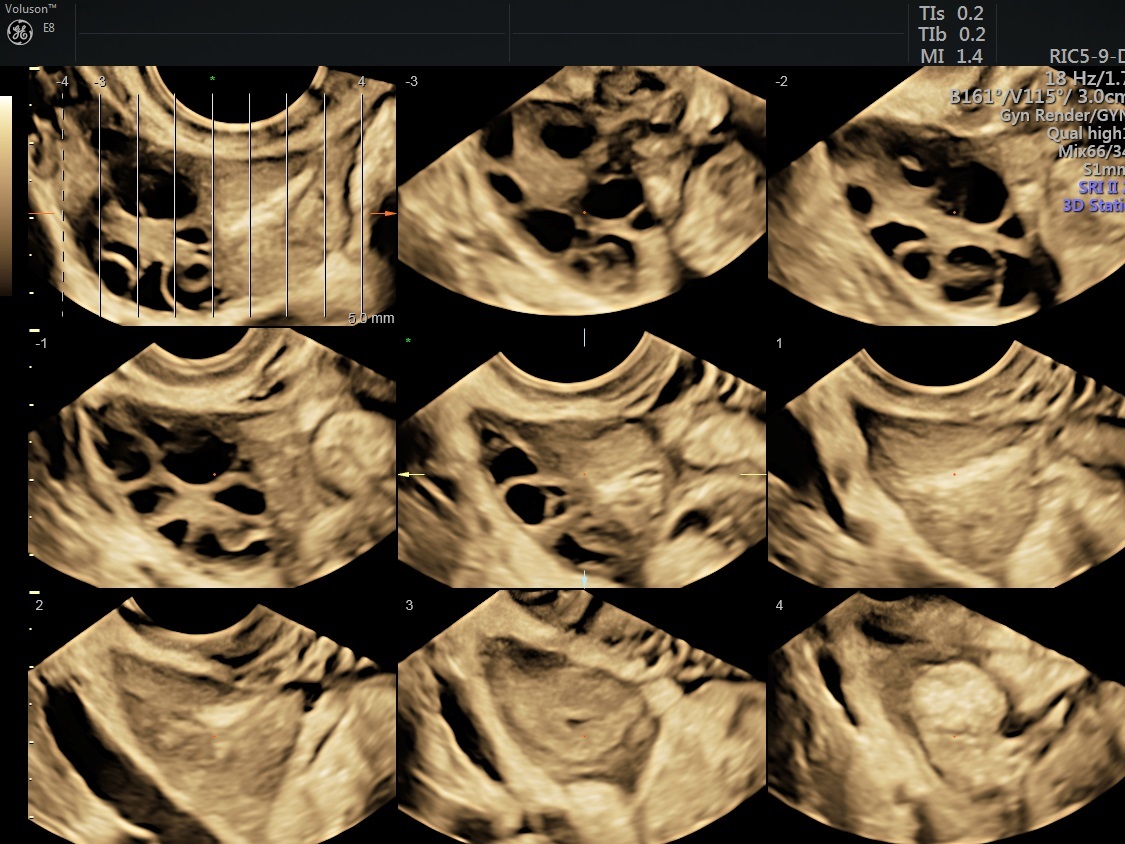When a woman comes to the gynecologist or even the emergency room with pelvic pain, often the first instinct is to order a CT scan or MRI. Although these tools can provide valuable information, they're also expensive and cause discomfort to some patients.
In many cases of pelvic pain, masses, flank pain and bleeding, ultrasound is a cost-effective diagnostic tool that promotes patient safety and delivers results comparable to MRI. You can save your patients time and money, build trust and confidence, and boost loyalty by considering 3D ultrasound first for diagnosis and evaluation.
Comfort and Convenience Are Key in Diagnostic Tools
Many women have undergone an ultrasound exam, whether during pregnancy, IUD placement or even outside of gynecology for a musculoskeletal issue. It's a familiar test that can be done in the comfort of the physician's office with a staff the patient knows.
By contrast, an MRI or CT scan often requires gynecologists to send patients to a separate location that may or may not be as welcoming or accommodating. It also requires more appointments and additional copays, and increases the time a patient must wait for her results. The scans themselves are expensive: Costs add up when the patient may need three appointments — the initial visit, the imaging appointment and a follow-up to discuss results — to find out what's going on with her health. An ultrasound exam, on the other hand, can be done in just one or two visits with results provided in real time.
An MRI may be intolerable for a subset of patients. One study published in the International Neuropsychiatric Disease Journal estimated that 1 to 15 percent of all patients suffer from claustrophobia, making an MRI a nerve-wracking prospect. Some people need sedation just to undergo the scan, and many cancel their appointments at the last minute. A simple online search offers an idea of how common the issue is, with pages of results giving advice on how to handle an MRI if you're claustrophobic.
Women with Müllerian duct anomalies typically undergo an MRI first. However, an expert opinion in the Journal of Obstetrics and Gynecology argued that 3D ultrasound imaging is equivalent in accuracy to MRI for these patients, while being less expensive and less time-consuming. With 3D volume rendering, gynecologists can gather hundreds of images and construct views in any orientation.
Patient Safety With Ultrasound Versus CT
Although many studies support the safety of medical imaging, there is some concern about the cumulative radiation exposure of patients undergoing multiple imaging exams. The number of CT scans patients receive has drastically increased in the past several decades. Harvard Health reported that CT scans alone account for 24 percent of radiation exposure in the U.S. Although the risk of cancer is still estimated to be small, it increases with more CT scans.
According to Image Wisely, ultrasound is the imaging modality of choice to evaluate pelvic pain over a CT scan. The review suggested that ultrasound can effectively evaluate cysts, ectopic pregnancy and pelvic inflammatory disease. It can also assess the bowels and urinary tract.
With 3D ultrasound, the doctor can see organ movement and blood flow and get immediate feedback. He or she can also perform a tenderness-guided exam, which helps locate the source of pain by moving the probe and gauging the patient's sensitivity.

Ultrasound images
A well-performed, well-interpreted ultrasound exam can often take the place of a CT scan or MRI. Performing ultrasound first helps physicians ensure that the patients being sent for more expensive, radiation-emitting exams are those that benefit most from the tests. With the insights from ultrasound, physicians can deliver the type of prompt, personalized care patients need when they experience pelvic pain, bleeding or other gynecological issues.





